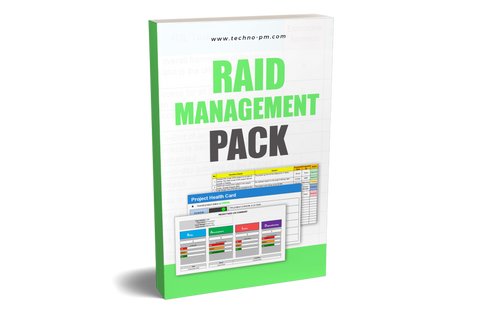Gap Analysis Template
What is Gap Analysis ?
Gap analysis is a strategic planning tool that helps businesses identify the gaps between their current performance and their desired future state. By conducting a thorough analysis of the organization's processes, systems, and goals, gap analysis allows businesses to pinpoint areas of improvement and develop strategies to bridge those gaps.

Gap analysis is the right way for project managers to understand where they are and where they would like to be. It also helps determine the next course of action to reach the project to the desired state. A gap analysis can be used at any stage of the project to assess the project’s progress; it is beneficial when done at the beginning of the project.
Gap Analysis Process
The first step in a gap analysis process is identifying where you would like your project to be. This basically involves identifying the objectives one wants to achieve and the timeline to achieve them. Gap analysis is constructive when the scope is clearly defined and there are not many changes.
Gap Analysis Example
For example, if an organization is currently using a time tracking tool and based on the feedback collated from the users, there are a few improvements to be implemented for the better functioning of the system. If this project of developing an improved time tracking system is assigned to a project manager, the first step would be to identify the end goal. i.e., what kind of changes are required and what functionalities need to be added for an improved system.
Next, the project manager will start looking at the current system and the existing functionalities. After identifying both the present and the desired end state, the project manager would now be able to assess the gaps and how he/she needs to proceed to fill in the gaps and achieve the end goals.
Gap Analysis Methods
Gap analysis can be conducted using a few methods, which include:
Qualitative Analysis:
Qualitative Analysis mainly involves researching and understanding human behavior in particular situations. This involves understanding why people do things in a certain way. This is an analysis done by talking to people either through interviews, individual or group discussions.
Quantitative Analysis:
The quantitative analysis mainly involves using analytical tools like charts and graphs. For Example, survey results can be studied using quantitative analysis. Graphs and charts help one to visually organize complex numerical data.
GAP SWOT Analysis:
SWOT – Strengths, Weaknesses, Opportunities, and Threats analysis helps identify the current strengths and weaknesses and articulate the opportunities and threats. This analysis mainly focuses on maximizing one’s strengths, taking action to bridge the gaps that expose the project/organization to threats and weak points in the strategic plans, and taking advantage of the opportunities. Identifying SWOTs is crucial as it helps in determining the steps planned to achieve the objective.
Gap Analysis Template

- Project Name: Name of the project for which the gap analysis is being done.
- Project Id: Unique identifier to identify the project may be based on a system where project details are maintained or a manual identifier.
- Project Objective: This section specifies the objective of the project to help understand what is being tried to achieve.
- Responsible: Project manager and/or stakeholders involved in the gap analysis.
- Date: Date when the Gap Analysis is conducted.
- Current State: This field defines/identifies the current state the project is in, i.e., where the project is currently.
- End Goal: This field specifies the end goal, i.e., where you would like the project to be.
- Gaps: The field lists down the identified gaps or differences between the current and the potential end state.
- Implications: Defines the impact/implications due to the identified gaps.
- Recommendations: This field recommends the actions that can be taken to bridge the gap between the current and future situation.
- Timelines: Timelines to achieve or complete these goals are defined.




